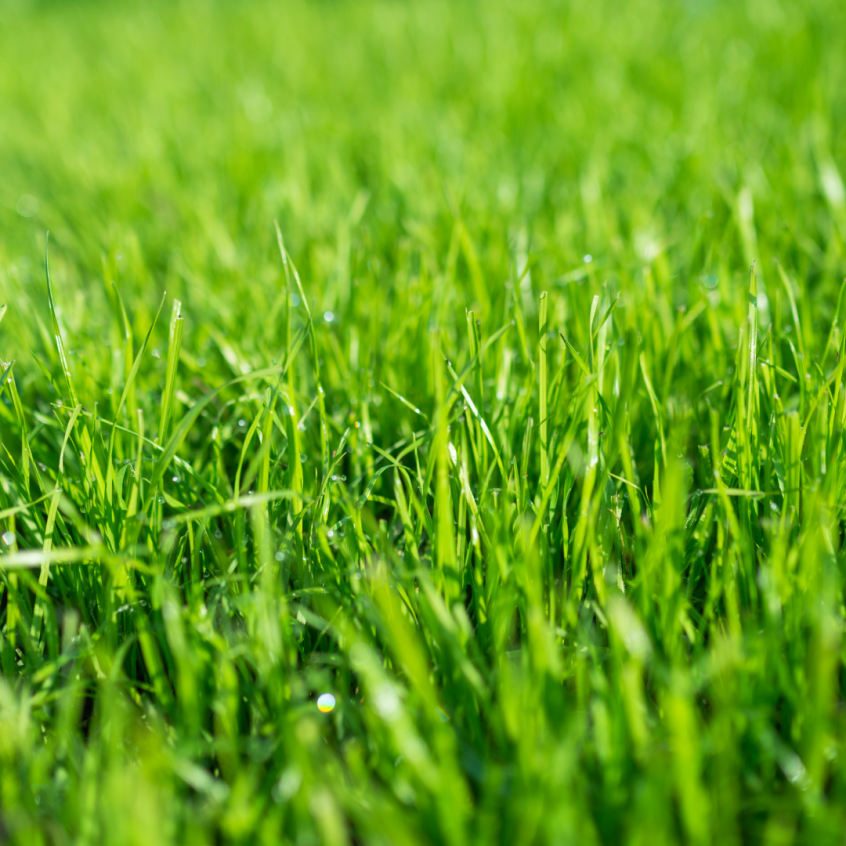How can you love your lawn to death? Well when I was a little girl my grandmother, who had the proverbial green thumb, told me that in order to raise ivy well you had to be mean. In other words, it would not thrive with too much attention. I think I took her words too much to heart because now I can kill a cactus. Obviously, house plants are NOT my specialty, but I can grow things outside very well. As I was reading up on the best methods for lawn care for this time of the year, I saw this subheading, “Don’t Love Your Lawn to Death” on AgriLife Today. So that is what we are focusing on today.
What are the keys to a great lawn? Proper amounts of water, nutrition, and sunlight make healthy grass and plants. After a cold, wet winter, the sun starts warming our days. Immediately, we turn our eyes to the outdoors. We mow the lawn to cut back any weeds that have grown in the Texas winter. We want to give our lawns a jump start. I totally get it, but too much too soon can result in the exact opposite of what we desire.
Watering Too Much
With all the rain we have had recently, you probably have not been tempted to water your yard yet. However, over-watering can really hurt your lawn. “Root systems become robust when they are becoming active and forced to grow to seek out moisture,” states Becky Bowling with AgriLife. Therefore over-watering creates shallow, weak root systems. Established lawns need anywhere from 1/2 an inch to a whole inch of water a week with the absence of rainfall. This at least gives you an idea of what a typical lawn needs. Grass with good root systems will be able to stave off disease and withstand drought. So fight the temptation of watering your lawn too much.
Wrong Time to Fertilize
One of the first things a homeowner is tempted to do in the Spring is feed their lawn. Like a bear coming out of hibernation ravenous, we think that we need to feed our lawns. Our motive is right, but feeding at the wrong time can be a disadvantage. Bowling recommends at a minimum to not fertilize your lawn until you have mowed it twice. This usually coincides with consistently warm daytime temperatures. Wait until the temps reach the 80s to low 90s before distributing fertilizer. Bowling says fertilizing early actually feeds the weeds, which compete for space with our grass. Therefore it benefits you a great deal to postpone your plans for fertilizing your grass.
Caring for our lawns properly involves not watering too much and not fertilizing at the wrong time. Hopefully you understand the why and know when to actively care for your lawn. Believe it or not, you can show your lawn too much attention. Don’t love your lawn to death.

